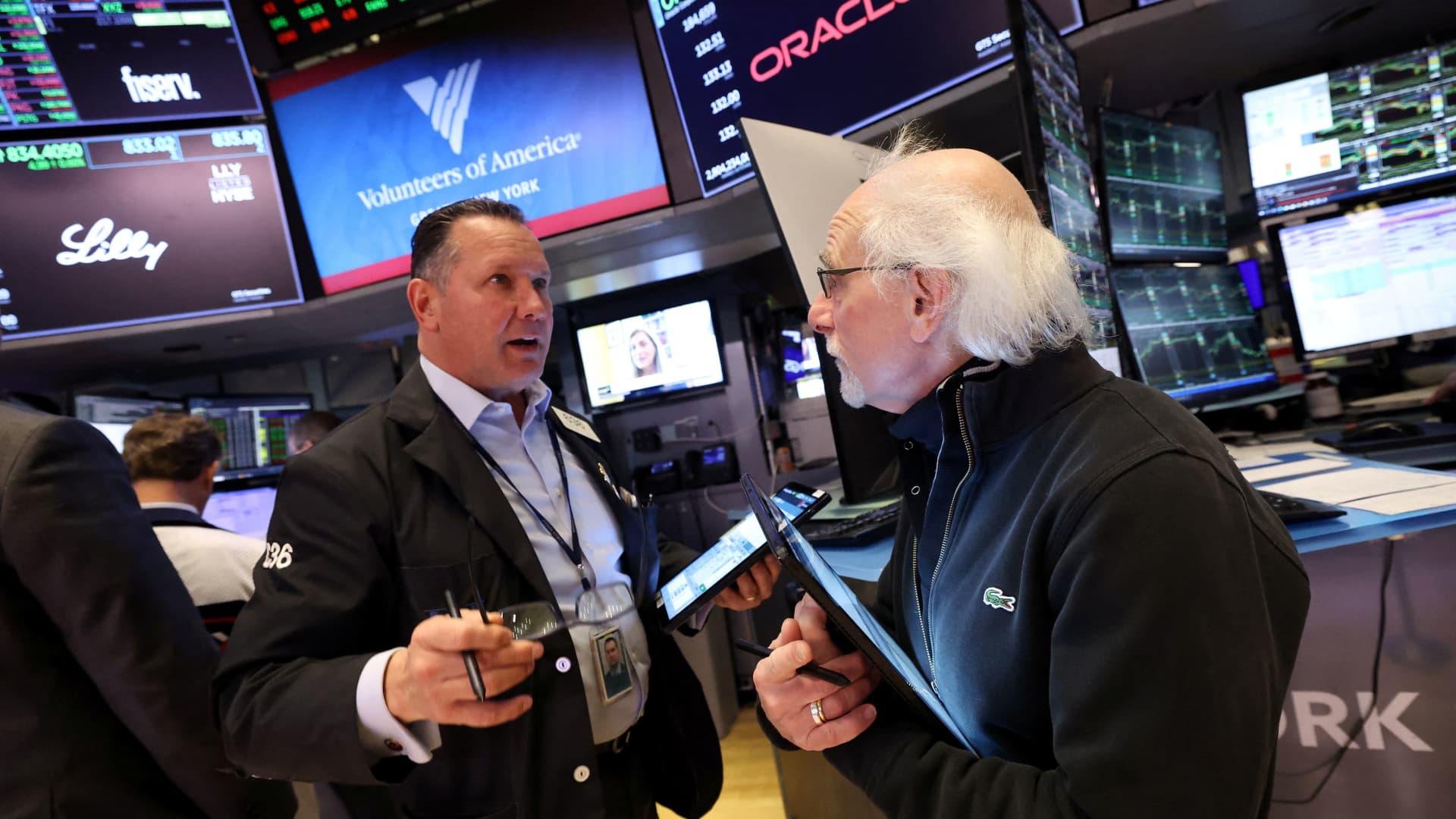The S&P 500 has managed to recover half of its losses from the tariff-induced decline, but the journey to full recovery remains uncertain. This partial rebound occurred amidst one of the most volatile markets in recent years, characterized by a rapid retreat from U.S. dollar assets, heightened sensitivity to policy updates, and a swift equity rally that regained about 10% from its closing low and 14% from the intraday trough on April 7. Following a 20% drop in just seven weeks, the market was able to capitalize on negative sentiment and technical conditions signaling a potential bottom.
Adding to the drama was a chaotic exodus from Treasuries and the U.S. dollar, which created an opportunity for buyers as the Trump administration hinted at de-escalating trade tensions. Despite this recovery, the S&P 500 still faces significant challenges. High-stress, low-confidence markets often rush to their next test, and this one is pushing into a closely watched gap left by the panic-driven sell-off on April 3, following President Trump’s announcement of punitive tariffs.
Technical indicators suggest some positive patterns. For instance, the Zweig breadth thrust, a respected but complex signal, was triggered, historically indicating favorable market performance over the next six to 12 months. Additionally, every stock in the Nasdaq 100 was up on a recent trading day, and the S&P 500 experienced three consecutive daily gains of at least 1.5%. However, these trends come with caveats, including small sample sizes and historical volatility.
While sentiment and institutional positioning remain negative, fast-money speculators were reactivated by the multi-day surge. Retail investors, based on recent data, were the only consistent buyers during the market weakness. The question remains whether this correction cycle will reward the broader public quickly. Analysts suggest the market could stall and churn, with aggressive small-investor stocks showing significant gains but also past patterns of near-term declines.
The ongoing tariff shock has increased recession risks, forcing businesses to cut back on hiring and investment. The market’s rally, fueled by delays in tariff implementation and hypothetical trade deals, indicates investor belief in a window where harsh trade measures could be withdrawn before causing lasting economic damage. The key now lies in whether soft economic data will translate into hard evidence of employment, spending, and output changes.
Corporate earnings reports have shown typical rates of exceeding forecasts, but management outlooks remain uncertain due to the tariff overhang. The market’s response to these results may reflect how far expectations have fallen alongside share prices. The trajectory of year-ahead profit forecasts will significantly influence the market’s recovery attempt.
In conclusion, while the S&P 500 has achieved a notable rebound, recouping the remaining losses appears more challenging. Tangible progress in moderating trade hostilities and confidence in economic resilience will likely be necessary for further upside momentum.
— new from CNBC
